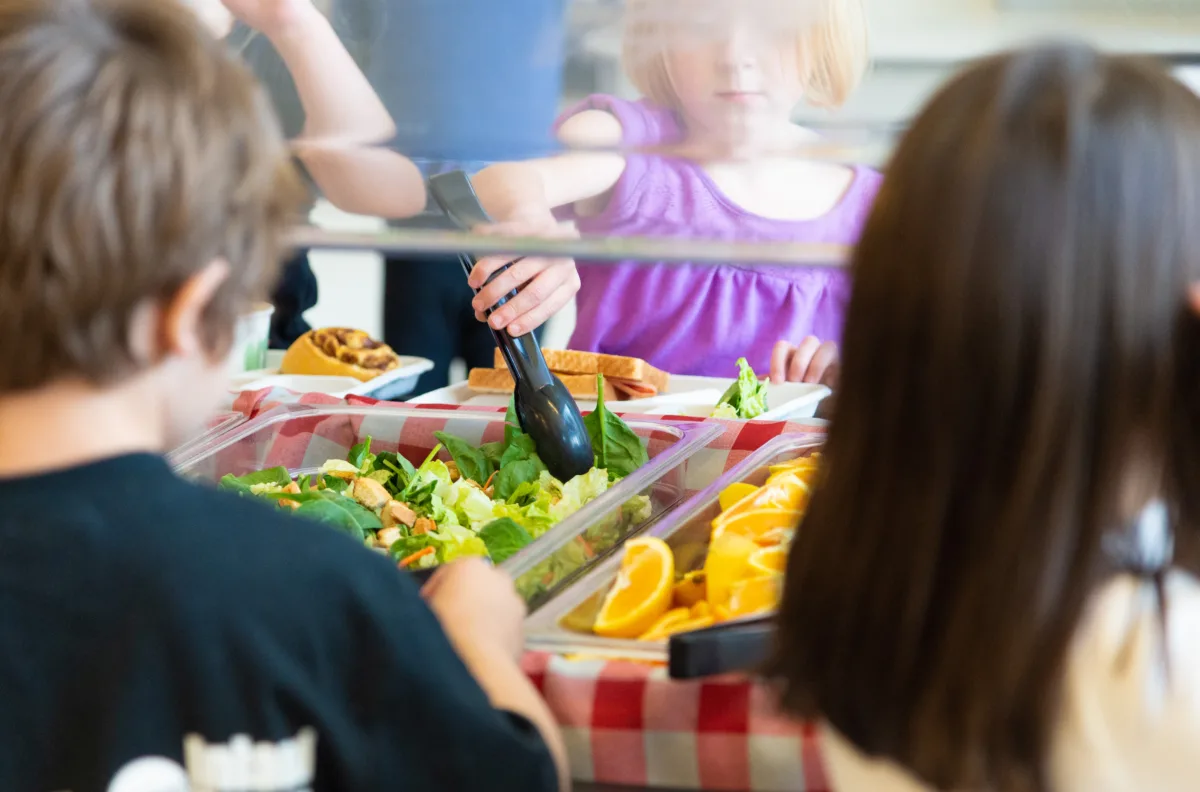WIC Provides Families with Essesntial Support During Difficult Times
We’ve spoken with families from California to Vermont who told us how the WIC program has enabled them to ensure their kids have enough healthy food on a lower budget, providing essential support, particularly during difficult times. Here are their stories:
Angelique Schanbeck and Rebecca Gross
Angelique Schanbeck chats with her friend Rebecca Gross about raising her three young children during the COVID-19 pandemic. Angelique’s oldest—five-year-old Madison—has autism and is taking remote school classes. Her family received support from the WIC program and gave her the security of affording the nutritious foods they need to live healthy.


